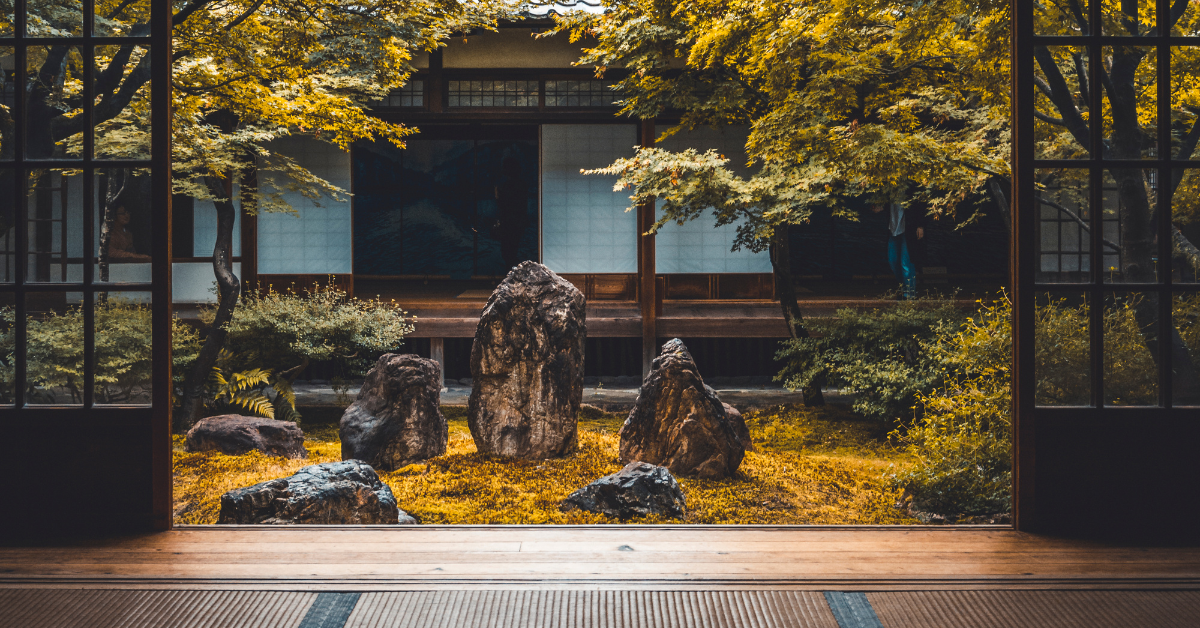Hiraizumi in Iwate Prefecture is a UNESCO World Heritage site, once the cultural heart of the Northern Fujiwara clan. Japanese visitors are not only fascinated by its beautiful architecture and gardens, but they also feel the deep weight of history and the presence of prayer within the site.
The Historical Weight Japanese Visitors Feel in Hiraizumi
When visiting Hiraizumi, many Japanese people say it feels as if “history learned from textbooks comes alive before their eyes.” Temples such as Chūson-ji and Mōtsū-ji, built during the Fujiwara clan’s peak, symbolize both political power and Buddhist thought. The Konjikidō (Golden Hall) especially leaves visitors saying, “It feels like time has stopped in a sacred atmosphere.” For Japanese people, these structures are not merely ruins but windows into their own cultural and spiritual identity.
| Voices of Japanese visitors | What they felt |
|---|---|
| The Golden Hall is overwhelming | Eternal brilliance and solemnity |
| Mōtsū-ji feels calming | Tangible sense of Buddhist peace |
| History feels close | Knowledge turns into lived experience |
The Emotional Impact of Pure Land Gardens on Japanese Visitors
The gardens of Hiraizumi are renowned as Pure Land gardens, designed to visually recreate Amida Buddha’s ideal world. Japanese impressions often emphasize “tranquility” and “a sense of purification of the heart.” For city dwellers, this serene atmosphere offers a much-needed escape from daily noise. Many describe the ponds reflecting the surrounding landscape as “a vision of the Pure Land itself.” These gardens bring not only aesthetic delight but also spiritual healing.
| Words used in impressions | What they signify |
|---|---|
| Surrounded by silence | Buddhist peace and calm |
| Reflections on water are beautiful | A visual experience of the Pure Land |
| Feeling lighter in spirit | A place of spiritual healing |
Prayer and Repose for Souls – A Shared Japanese Sentiment
Hiraizumi’s culture was born out of prayers for peace and the repose of souls lost in war. Japanese visitors emphasize that the site is “not only beautiful, but a place filled with heartfelt prayer.” Understanding that the Fujiwara clan built these temples and gardens for memorial and peace allows Japanese people to view Hiraizumi as “a place to connect their hearts” rather than a mere tourist spot.
| Feelings expressed by Japanese | Context |
|---|---|
| Becoming solemn and reverent | A site of memorial and repose |
| Feeling connected to peace | Tied to Japan’s history of conflict |
| Beauty carries deeper meaning | Union of outer form and inner spirit |
The Allure of Hiraizumi for Japanese People
Japanese impressions of Hiraizumi go beyond admiration. Many say the site provides “learning and personal reflection.” Families remark, “We experienced the depth of Japanese culture together with our children,” while elderly visitors note, “Coming here helped me organize my feelings at a turning point in life.” Thus, Hiraizumi carries unique significance for people of all ages.
| Visitor group | Nature of impressions |
|---|---|
| Young people | Experience the link between history and today |
| Families | High educational value |
| Elderly | A chance for life reflection |
A Deeper Experience for Foreign Travelers
For foreigners, Hiraizumi’s beauty is undeniable, but learning how Japanese people interpret it provides a much richer experience. Japanese visitors emphasize “prayer,” “silence,” and “historical weight,” and recognizing these values transforms sightseeing into a spiritual journey. The significance lies not only in the visible beauty but also in the invisible values of peace and memory.
| Japanese perspectives | Tips for foreign visitors |
|---|---|
| Feeling prayer in beautiful scenery | View nature as connected to faith |
| Sensing history in architecture | Study historical context before visiting |
| Feeling cleansed in gardens | Experience quietly, not just visually |
Conclusion
The impressions of Japanese visitors reveal that Hiraizumi is more than a place of beauty and history – it is a site of “spiritual experience.” Visitors are awed by Chūson-ji and Mōtsū-ji, find peace in the Pure Land gardens, and feel the depth of prayer in the atmosphere. For foreign travelers, recognizing these perspectives allows Hiraizumi to be appreciated not only as a UNESCO site but also as a destination of the heart and spirit.






